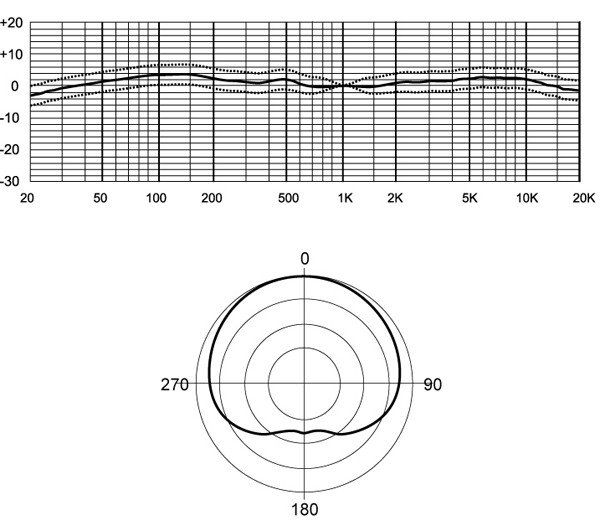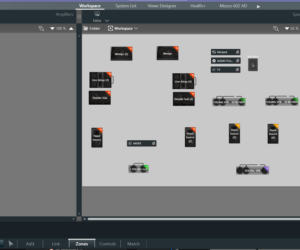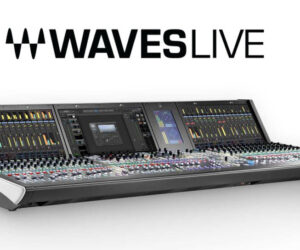The Marshall Electronics MXL professional microphone line has evolved with the introduction of the V89, a fully pro condenser microphone whose performance belies its $599 MSRP (U.S.).
The V89 is proof positive; a perfect example of the way Marshall has “dialed in” quality control of their own overseas manufacturer to produce an instrument worthy to be called “professional.”
The V89 starts with a custom body design made of brass that minimizes body resonance while the chromed tuned grill cavity helps to eliminate standing waves and reduce harmonic distortion around the capsule itself.
The brass tube mic body cover is held in placed by a heavy chrome-plated, decorative bottom cap. A threaded protruding shaft at the bottom of the mic mates with a captive knurl nut on the included shock mount. The XLR mic connector/cable plugs then into this shaft.
The V89 is a cardioid only mic with a 32-mm diameter capsule suspended within an internal shock mount. It uses a center-tapped, 6-micron thick gold-sputtered Mylar diaphragm. The pre-amp design uses an FET (Field Effect Transistor) and has an electronically balanced or transformerless output.
The internal circuit board is ruggedly made using first class construction techniques—mostly surface mount technology.
The mic weighs 1.85 pounds and requires 48-volt phantom power pulling just 5.4Ma of current. The mic comes in a sturdy wood case and besides the shock mount includes a foam windscreen (pop filter).
Its impressive size and look point its use at vocals, acoustic instruments and pianos.
.
So How Does It Sound?
My first introduction was for recording acoustic guitar and vocals. The hefty V89 requires a good and sturdy mic stand with either a heavy base or (as I use) a sandbag or two.
I had no trouble aiming the mic using the stand/boom and the supplied shock mount. No non-shock mount is included.
My musician has a nice Martin D-28 and I found aiming the mic at the bridge from about ten inches away to be the sweet spot. I was surprised at the low frequency warmth I got even at this usually bright end of the acoustic guitar.
The wide pickup pattern captures the entire sound of the guitar—the mic was picking up a lot of tone coming from the soundhole.
In general, the sound of the V89 is forward sounding, not overly bright but crisp in this application. Strumming chords and fingerpicking were both well defined with the loud chords coming across especially clear with no noticeable harmonic distortion.
.
I found little need for equalization.
Vocals also sounded forward and warm. Whether singing loud or softly it didn’t make any difference in clarity—both were super clear. The V89 is a very quiet mic and able to take the loudest moments without “folding up” and compressing.

















